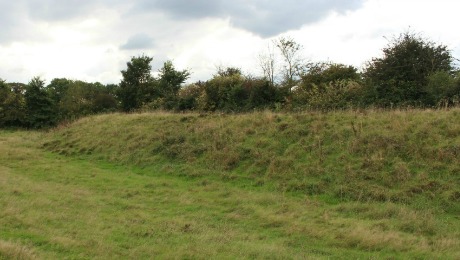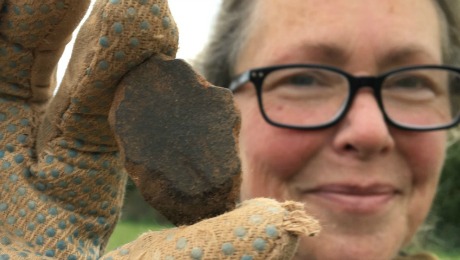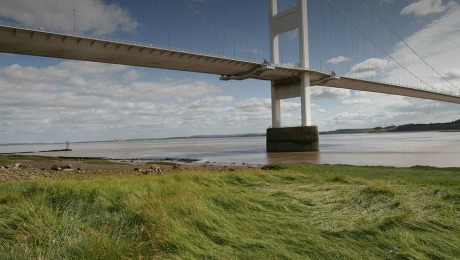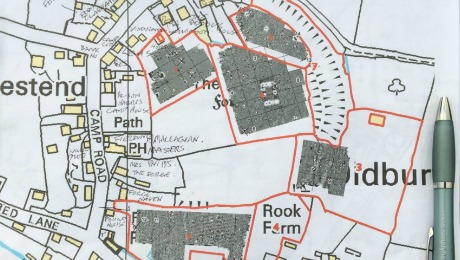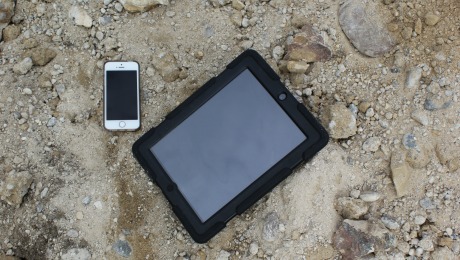Research into the history of Oldbury Camp began with the curiosity of the surrounding community. In the 1960s, secondary school children from Bristol did a small excavation.
Over the years, a series of small-scale investigations (carried out as part of planning requirements ahead of construction work by the owners of the houses abutting the fort) have produced fragments of Iron Age to Post Medieval material, as well as some evidence that a portion of the northeastern ramparts had been leveled at some point.
They have also identified traces of the fort’s banks and ditches to the southwest, and evidence for the inner bank to the west. Separately, a number of Roman coins have also been found within the fort, and medieval ridge and furrows are still visible in one of the fields. All of this suggests that the fort continued to be used long after its Iron Age occupation had come to an end.
Today, the fort continues to be used variously for sheep, as a paddock for horses, and as a football pitch.
Now, for the first time, a comprehensive survey and excavation of the fort is being carried out. These include a 3D model of the monument produced with drone photography, and a detailed geophysics survey carried out by people from the surrounding area.
In November 2016, DigVentures opened 9 test pits around the site. The mini-excavations served as an archaeological biopsy, helping to decide which areas to come back and investigate. The discoveries included Iron Age, Roman and medieval pottery, as well as some prehistoric flint blades. They also showed that the ramparts had been constructed with red clay.
In March 2017, soil samples from across the site revealed more about the geology that the site was built on, and even revealed a ditch that may have been part of the fort’s original construction.
With all of that in mind, the upcoming community-based excavation is hoping to uncover more evidence about the fort’s origins, get a better understanding of the fort’s landscape context and relationship with nearby sites, and investigate how the earthworks have influenced the layout of the medieval village that grew up around it.
